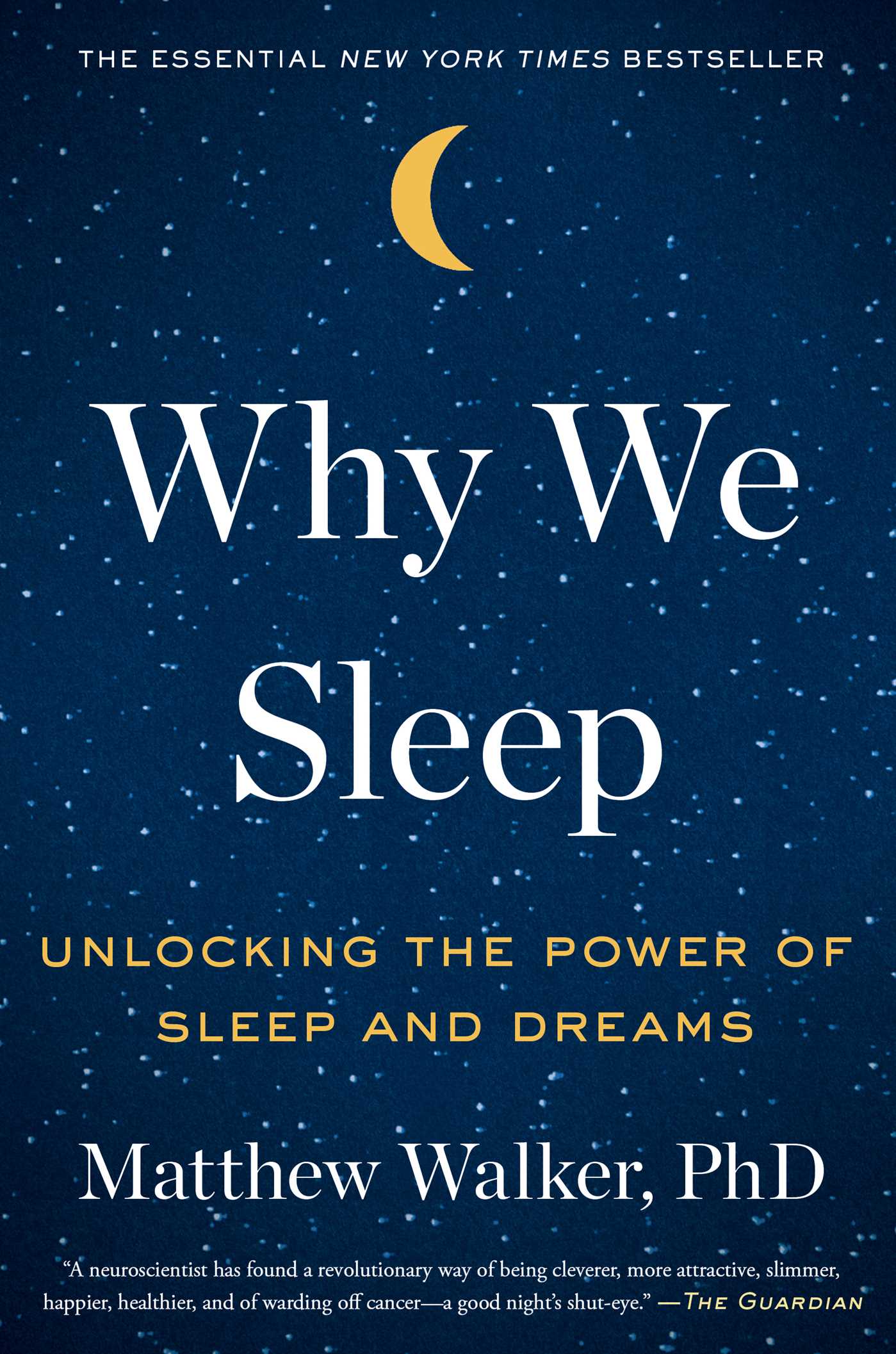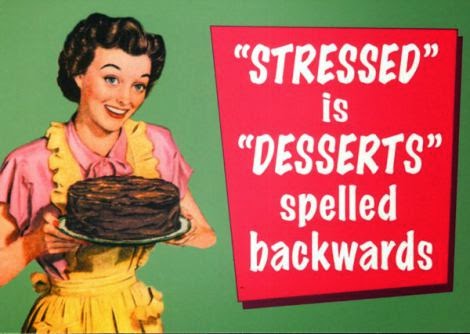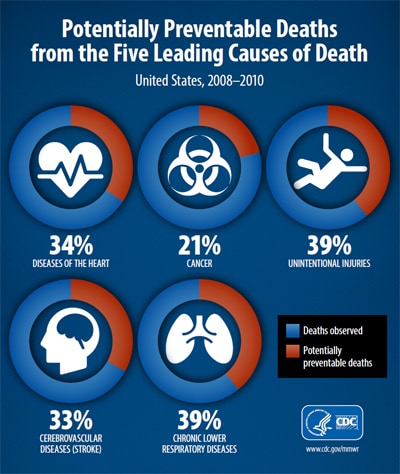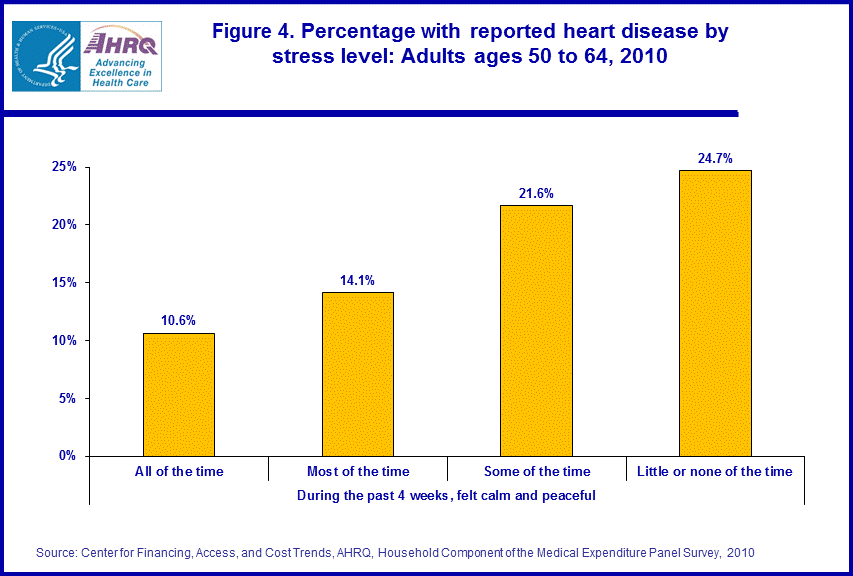
Weeks of anti-government protests paralyzed a number of Latin American countries in the fall and winter of 2019, including Colombia, Peru, and Ecuador. In Ecuador, October’s deadly unrest was incited by fuel price hikes and the reduction of fuel subsidies for poorer citizens. The protests were led mostly by indigenous people who work in the countryside and cannot afford to pay for gas. In this picture, two indigenous protesters have detained a police officer seeking negotiations. The police officer is made to hold an indigenous banner, and wear a national flag and a fedora-styled hat. They paraded him, along with other captive officers, on a stage at the Casa de Cultura in the capital of Ecuador, Quito. The indigenous protesters argue that the government has no power over them, and that government officials deserve no respect after blatantly disregarding the wishes of the people.Firstly, the police officer was made to hold an indigenous banner, which represents not only ridicule but also an unwillingness to negotiate. Instead of being open to conversation, the protesters force the banner on the officer, and also their point of view onto the government. It is a way to silence one side of the argument and instead represent their own, on a stage and coming from men who, in their eyes, embody unjust legislation. The indigenous people of Ecuador argue that there is no room for civil speech, just room for angry advocacy through the carrying of a banner begging for representation.
The flag being tied as a cape symbolizes an ironic heroism. The police officer might claim that he is patriotic, that by enforcing the law he is doing the country’s good will. Tying Ecuador’s flag around the man’s neck, however, is a mockery. He might think himself the hero coming to make amends, but the protesters invert that role. They let him believe his fairytale, but they know that the flag means nothing. The indigenous people have, in part, lost faith in the Ecuadorian flag because the nation has ignored them for so many years. They paint the police officer, and the government, in turn, as a meaningless knight in shining armor.

The indigenous people, thus, argue that they reign supreme. In the picture, both protesters have an air of superiority. The one on the left looks into the distance, solemn, and the one the right glares angrily at their hostage. After suffering, oppressed by the Ecuadorian government and it’s legislations, its minority groups gained some semblance of control. Their extreme protests were a vehicle to get their voice heard. Ultimately, they were the origin of the nation itself. It was built on their backs, they say. So they adorn the government with the pieces of the country that are theirs- the banner, the traditional fedora- and show it off on a stage of national culture. A culture started by them centuries upon centuries ago. They appear as Ecuador’s crucial piece, the government and its laws reduced to nothing.










.jpg)








